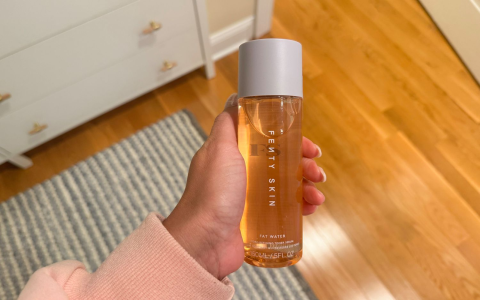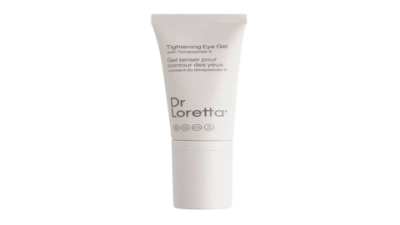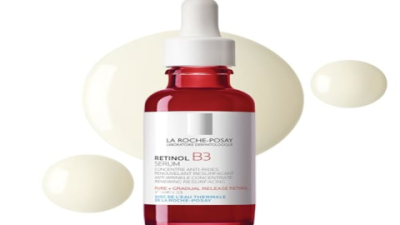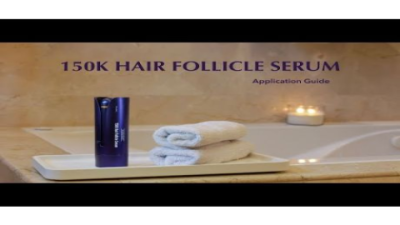I've been there. Standing in front of the skincare aisle, reading yet another "gentle for sensitive skin" label, wondering if this one will finally be different. Or worse - ordering something online based on glowing reviews, only to have your face turn into an angry tomato within hours of trying it.
If you're dealing with red, irritated skin that seems to hate everything you put on it, you know the struggle is real. And honestly? Most products just don't get it. They slap a "sensitive" label on the same formula everyone else uses and call it a day.
But here's the thing - some serums actually do work for our difficult skin. I've spent way too much money and time figuring this out, so let me save you some of that frustration.

Why Your Skin is So Angry (And Why Most Products Don't Help)
Red sensitive skin isn't just "delicate" - it's basically your skin's immune system being way too enthusiastic about its job. Think of it like having a bouncer at a club who thinks everyone's a threat, even your grandma trying to bring cookies.
The technical stuff: your skin barrier is compromised. That means irritants get in easier, water escapes faster, and everything feels like it's on fire. Fun times, right?
Most people with red sensitive skin are dealing with one of these culprits:
- Rosacea - affects about million Americans (you're definitely not alone)
- Seborrheic dermatitis - sounds fancy, basically means your skin hates certain yeasts
- Contact dermatitis - your skin has opinions about specific ingredients
- Atopic dermatitis - the overachiever of inflammatory conditions
The problem is that each of these needs slightly different approaches. But they all share one thing - a broken skin barrier that lets irritants party where they shouldn't be partying.
What really gets me is how the skincare industry treats sensitive skin like it's just "normal skin but weaker." That's not how this works! Our skin is actively inflamed and reactive. It needs completely different ingredients and approaches.
The Ingredients That Actually Make a Difference
Okay, let's talk about what works. Not what sounds good in marketing copy, but what has actual science behind it and won't make your face hate you.
Niacinamide - The Gentle Overachiever
This is probably the most boring-sounding ingredient that's actually amazing for red skin. Niacinamide (vitamin B3) is like that reliable friend who always shows up when you need them.
It does everything: reduces redness, improves your skin barrier, controls oil production, and plays well with other ingredients. Studies show 2-10% concentrations work best. Start lower if you're super reactive - even 2% can make a real difference.
The best part? It's almost impossible to mess up with niacinamide. Even my most sensitive-skinned friends can use it twice daily without issues.
Azelaic Acid - The Multitasker
I'll be honest - azelaic acid sounds scary if you've been burned by acids before. But this one's different. It's naturally occurring (found in grains) and specifically targets the inflammatory pathways that make rosacea and sensitive skin so miserable.
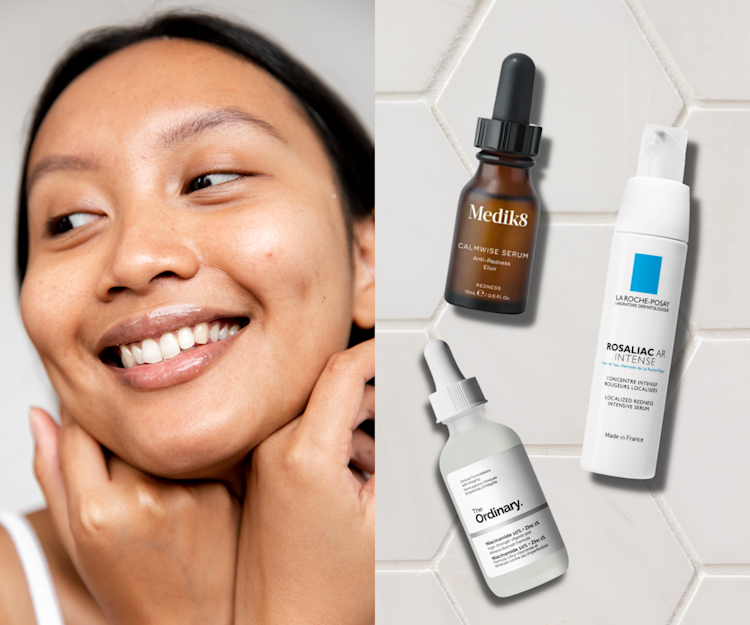
It's anti-inflammatory, antimicrobial, and helps with the redness and bumps that come with reactive skin conditions. You want at least 10% to see real results, though higher concentrations usually need a prescription.
Fair warning: it can feel gritty going on (especially the prescription versions), but that settles down after a few minutes.
Tranexamic Acid - The Newcomer That Delivers
This ingredient is having a moment, and for good reason. Originally used to reduce bleeding (I know, weird), it turns out to be incredibly effective at reducing skin redness and post-inflammatory darkening.
It works differently than other ingredients - it actually stops the inflammatory cascade that leads to redness and discoloration. At 2-5% concentrations, it can make a noticeable difference in overall skin tone and brightness.
Centella Asiatica - Ancient Wisdom, Modern Results
Also called "cica" in K-beauty products. This plant extract has been used for centuries to heal wounds and calm inflammation, and modern research backs up what traditional medicine knew all along.
The active compounds (with impossible-to-pronounce names like asiaticoside and madecassoside) reduce inflammation, help repair the skin barrier, and speed up healing. It's particularly good for that angry, irritated feeling that comes with sensitive skin flares.
Ceramides - The Foundation Builders
Think of ceramides as the mortar between the bricks of your skin cells. When you have sensitive, red skin, this mortar is cracked and crumbling, letting irritants in and moisture out.
Good serums include a mix of ceramides (especially types 1, 3, and 6-II) plus cholesterol and fatty acids in ratios that actually match healthy skin. It's not the sexiest ingredient, but it's absolutely essential for long-term improvement.
What to Avoid (AKA The Usual Suspects)
Here's where I get a little frustrated with the beauty industry. So many products claim to be for sensitive skin while including ingredients that are known irritants. It's like claiming to make gluten-free bread with wheat flour.
Fragrance - The Obvious Villain
This includes "natural" fragrance, essential oils, and even "unscented" products that use masking fragrances. I know rose hip oil sounds lovely and natural, but if it's causing reactions, it's not helping your skin goals.
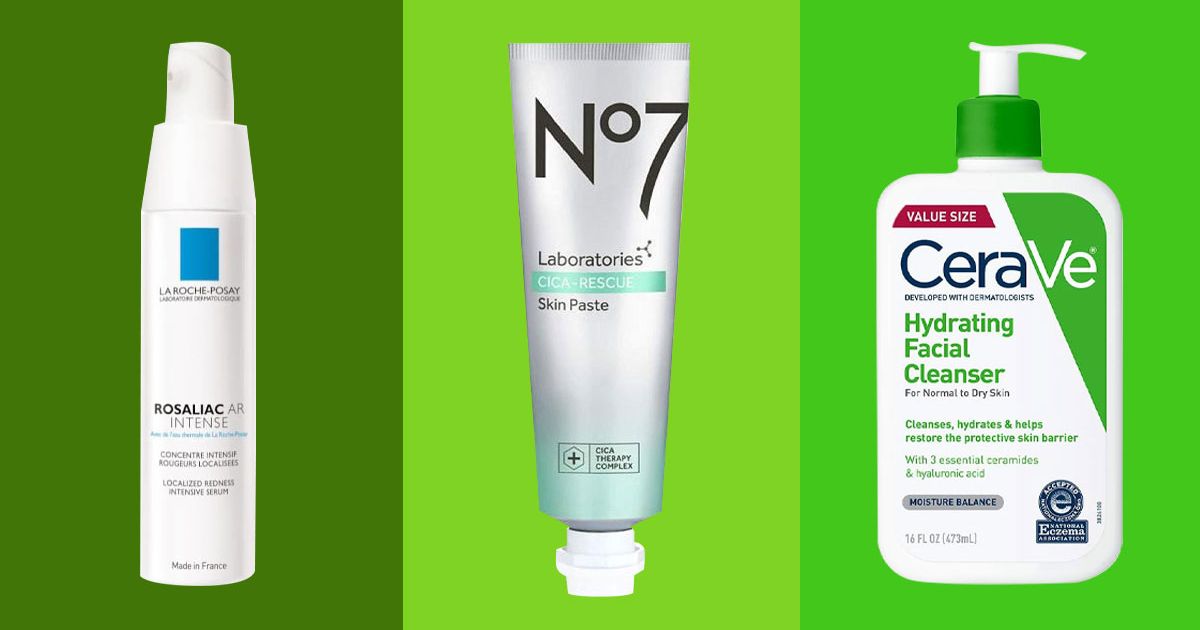
Essential oils are particularly tricky because they seem natural and healthy, but they're concentrated allergens for many people with sensitive skin.
The Wrong Types of Alcohol
Denatured alcohol and isopropyl alcohol will make your skin angry. Period. They strip your already-compromised barrier and cause immediate stinging.
Fatty alcohols like cetyl alcohol are fine - they're actually moisturizing. But the distinction matters when you're reading ingredient lists at PM trying to figure out why your new serum made your face burn.
Acids That Are Too Aggressive
I love a good exfoliating acid as much as the next skincare enthusiast, but glycolic acid and salicylic acid above 0.5% are usually too harsh for truly sensitive skin. They can make redness and irritation worse, not better.
The exception? Some people with oily, acne-prone sensitive skin can handle BHA, but it requires careful introduction and monitoring.
How to Actually Choose a Serum (Without Wasting Money)
Alright, practical stuff. Because knowing ingredients is one thing, but standing in Sephora trying to decide between different options is another.
First - and I cannot stress this enough - patch test everything. I don't care if it's labeled for babies and blessed by dermatologists. Test it on your inner arm for 24- hours before putting it anywhere near your face.
Second, look for actual percentages of active ingredients. If the product just says "contains niacinamide" without telling you how much, it's probably not enough to be effective. You need at least 2% niacinamide, 10% azelaic acid, etc.
pH matters more than most people realize. You want serums with a pH between 5.5-6.5. Too low and it'll irritate; too high and the active ingredients won't work properly.
Texture-wise, start with lightweight, water-based formulas. Heavy, occlusive serums can trap irritants against already-sensitive skin. You can always layer a moisturizer on top if you need more hydration.
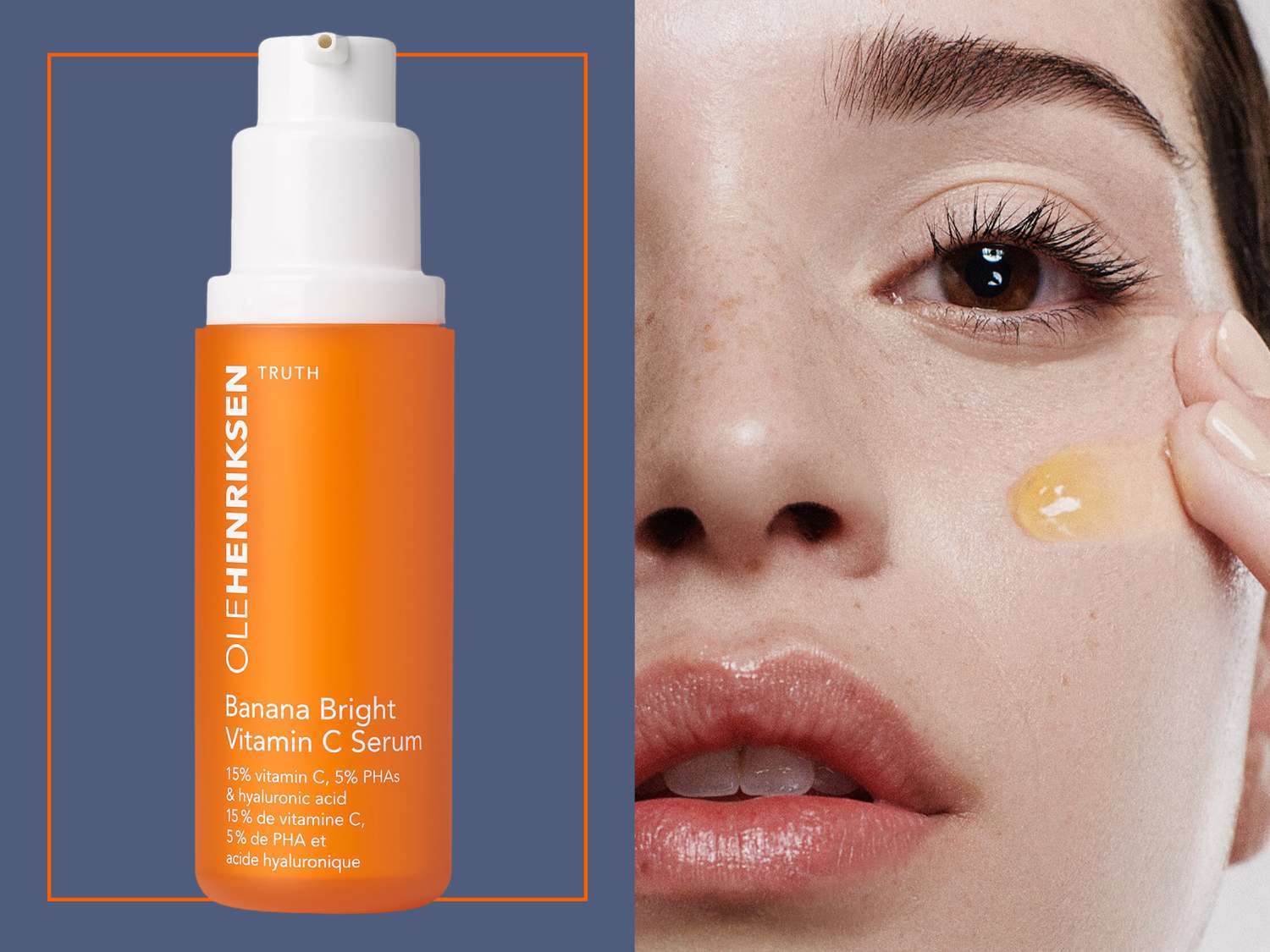
The Reality of Using Serums on Sensitive Skin
Let's talk expectations, because this is where a lot of people get discouraged and give up.
The first 1- weeks are about tolerance testing. You're not looking for miracles yet; you're just making sure your skin doesn't hate the product. Some mild tingling is normal, especially with active ingredients. Stinging, burning, or increased redness means stop and reassess.
Barrier improvements come first, usually around weeks 2-4. Your skin will feel more comfortable, less reactive to products you were using before, and generally less angry throughout the day. This is actually the most important improvement, even though it's not the most visible.
Visible redness reduction takes time. Like, a lot of time. We're talking 6- weeks minimum, sometimes up to weeks for significant improvement. I know that feels like forever when your face is red and irritated, but skin cell turnover and barrier repair just takes time.
The good news? Once you see improvement, it tends to be lasting if you stick with your routine.
Application Tips That Actually Matter
How you apply your serum can be the difference between success and another expensive bottle sitting unused in your bathroom cabinet.
Start with less product than you think you need. Seriously. 2- drops for your whole face, not the 4- drops most instructions suggest. Sensitive skin can get overwhelmed easily.
Apply to slightly damp skin - it helps with distribution and reduces the concentration of actives hitting your face all at once. But not soaking wet; pat off excess water first.
If you're using multiple products, wait 60- seconds between each application. Your skin needs time to absorb each layer, and you don't want ingredients mixing in ways they weren't formulated for.
For the super sensitive among us: try the "buffer method." Mix a drop of serum with your regular moisturizer, or apply serum over a thin layer of barrier cream. You'll still get the benefits with less potential for irritation.
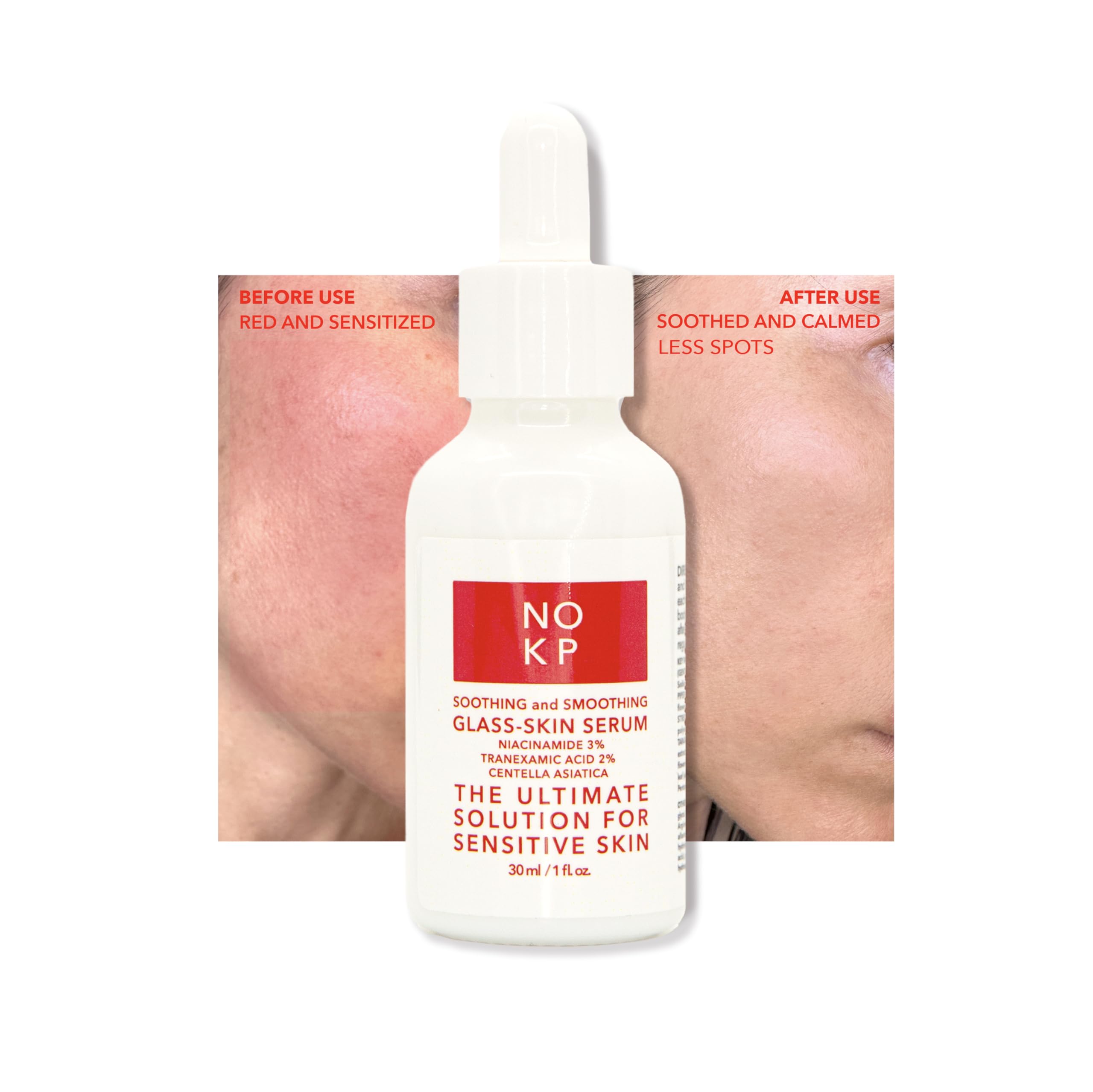
When Home Care Isn't Enough
Sometimes, despite our best efforts with over-the-counter serums, we need professional help. And that's okay! There's no shame in admitting that your skin needs more intensive treatment.
If you're not seeing any improvement after 8- weeks of consistent use, or if your redness is accompanied by persistent bumps, burning, or pain, it's time to see a dermatologist.
Prescription options include stronger concentrations of azelaic acid (15-20%), metronidazole gel, topical antibiotics, and even oral medications for severe cases. These can work alongside your serum routine, not replace it.
Professional treatments like gentle peels or LED light therapy might also be helpful, but timing matters. Don't start aggressive treatments and new serums at the same time - your skin will be confused and possibly very angry.
Ingredient Combinations That Work
The most effective serums usually combine multiple ingredients that work together. It's like having a team tackle the problem instead of one person trying to do everything.
Niacinamide + ceramides is a powerhouse combination. The niacinamide reduces inflammation while stimulating your skin's own ceramide production, and the added ceramides provide immediate barrier support.
Azelaic acid + centella is another great pairing. The azelaic acid handles the active anti-inflammatory work while centella provides soothing support that can offset any potential irritation.
Just be careful with vitamin C combinations. While vitamin C can be great for sensitive skin (when properly formulated), it can interact with other actives in ways that reduce effectiveness or increase irritation potential.
Common Questions and Real Answers
How long do I really need to wait to see if something's working?
At least 6- weeks for visible improvements, but you should know within weeks if your skin tolerates the product. If you're still getting irritation after weeks of consistent use, it's probably not the right fit.
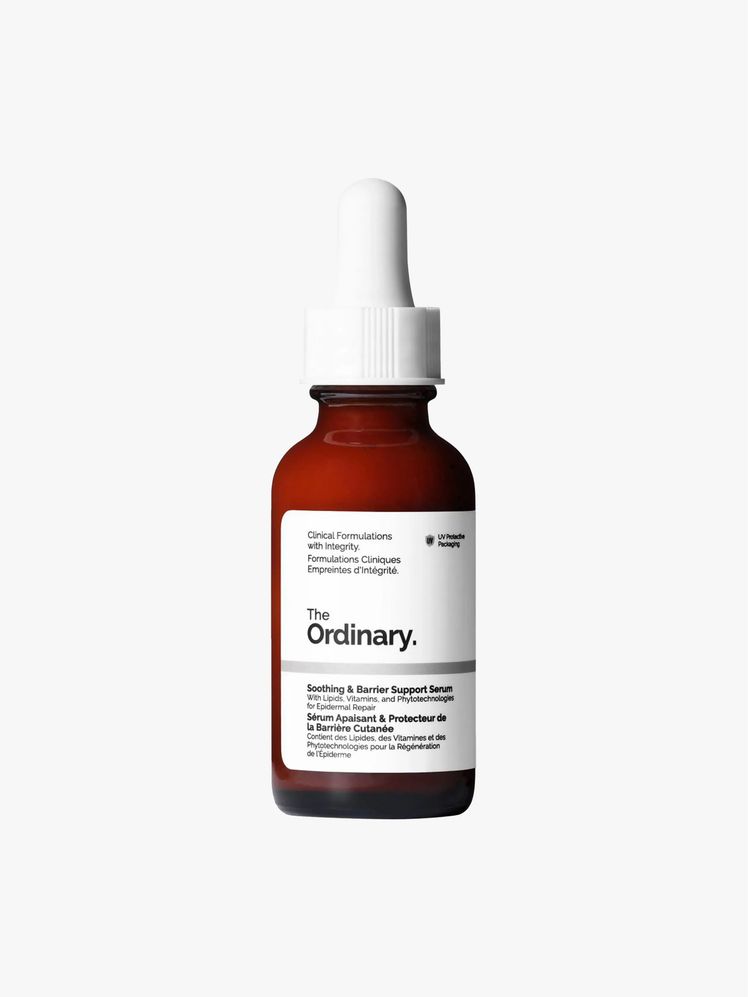
Can I use more than one serum at a time?
Technically yes, but introduce them one at a time. Get your skin comfortable with one serum for at least a month before adding another. Layer from thinnest to thickest consistency.
My skin got worse when I started - is that normal?
Some initial adjustment is normal, but significant worsening usually means the product isn't right for you. True "purging" with anti-inflammatory serums is pretty rare.
Should I stop everything during a flare-up?
Usually yes. Give your skin a break during acute flares, then restart slowly - maybe every other day instead of daily until things calm down.
Do I still need sunscreen with these serums?
Absolutely. UV exposure is one of the biggest triggers for red, sensitive skin. Daily broad-spectrum SPF 30+ is non-negotiable, even if you're staying indoors (hello, window glass doesn't block UVA).
How do I know when to give up and try something else?
If you're not seeing any improvement in comfort level after 4- weeks, or visible improvement after weeks, it might be time to reassess. Sometimes a product can be perfectly fine but just not the right fit for your specific skin needs.
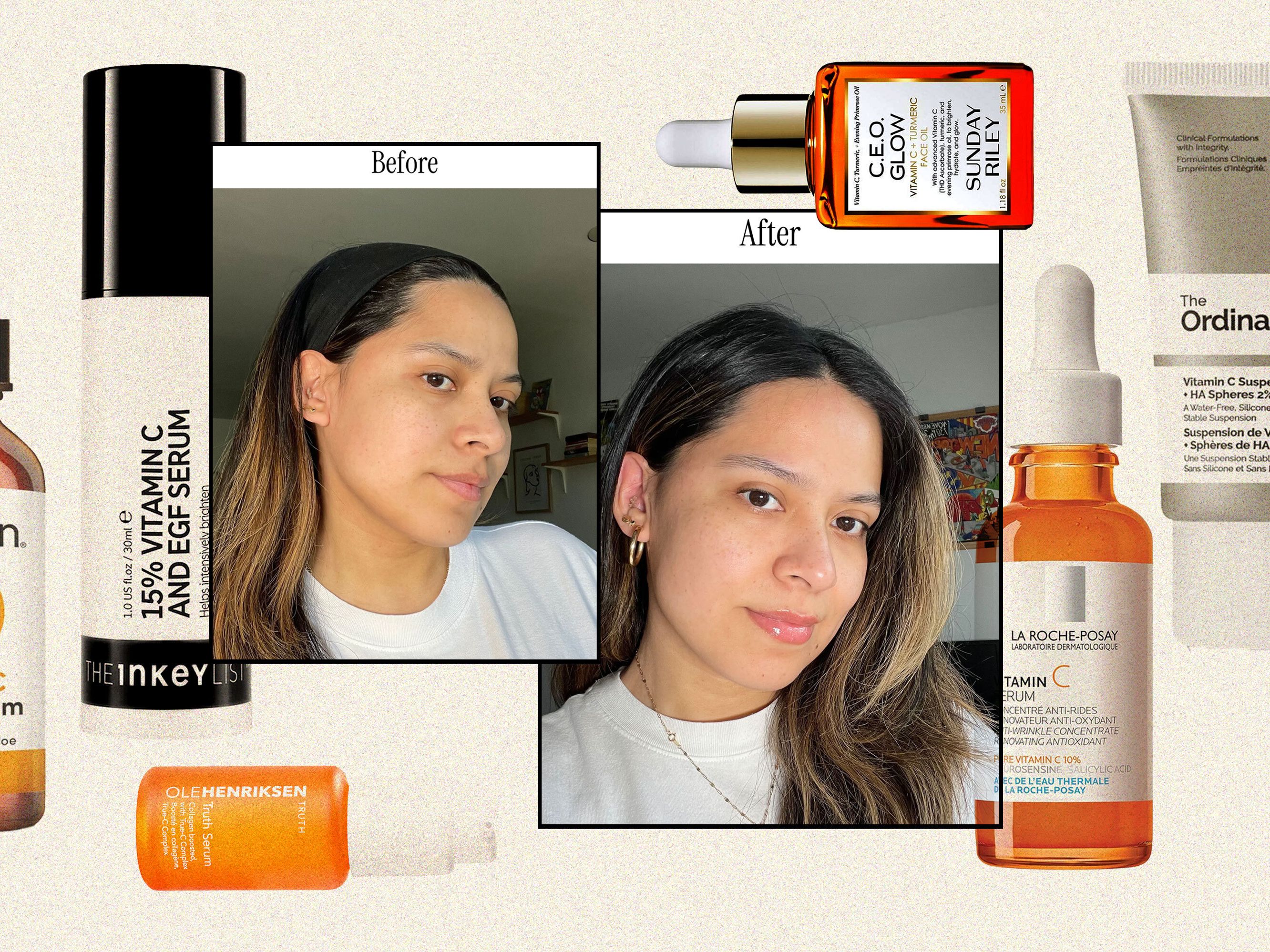
Building Your Long-Term Strategy
Here's what I wish someone had told me when I first started dealing with sensitive, red skin: this is a marathon, not a sprint. The products that make the biggest difference are often the most boring ones that you use consistently for months.
Your skin's needs will probably change over time too. What works in your 20s might need adjustment in your 30s. Seasonal changes, stress, hormones, and even changes in your environment can affect how your skin responds to products.
Keep a simple skincare journal - just notes on your phone work. Track what you're using, how your skin feels, any triggers you notice. It helps you spot patterns and makes conversations with dermatologists much more productive.
Most importantly, be patient with yourself and your skin. Red, sensitive skin can feel isolating and frustrating, especially when it seems like everyone else's skin cooperates with whatever they put on it. But with the right approach and realistic expectations, you absolutely can achieve calmer, more comfortable skin.
The key is finding products that work with your skin's specific needs rather than against them, giving treatments enough time to work, and not giving up when the first (or second, or third) thing you try doesn't pan out.
Your skin didn't become sensitive overnight, and it won't become perfectly calm overnight either. But every small improvement builds on the last one, and eventually, you'll look back and realize how far you've come.
